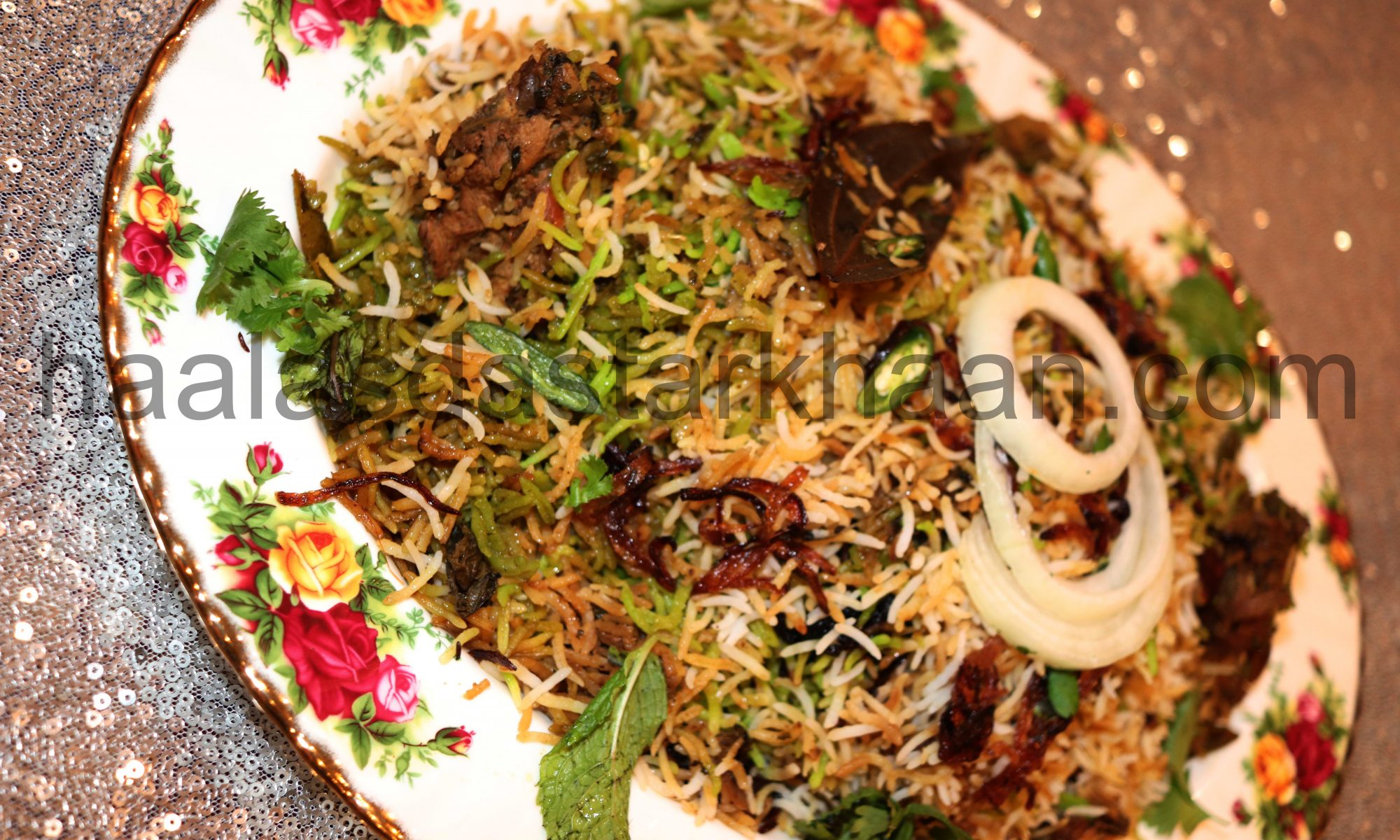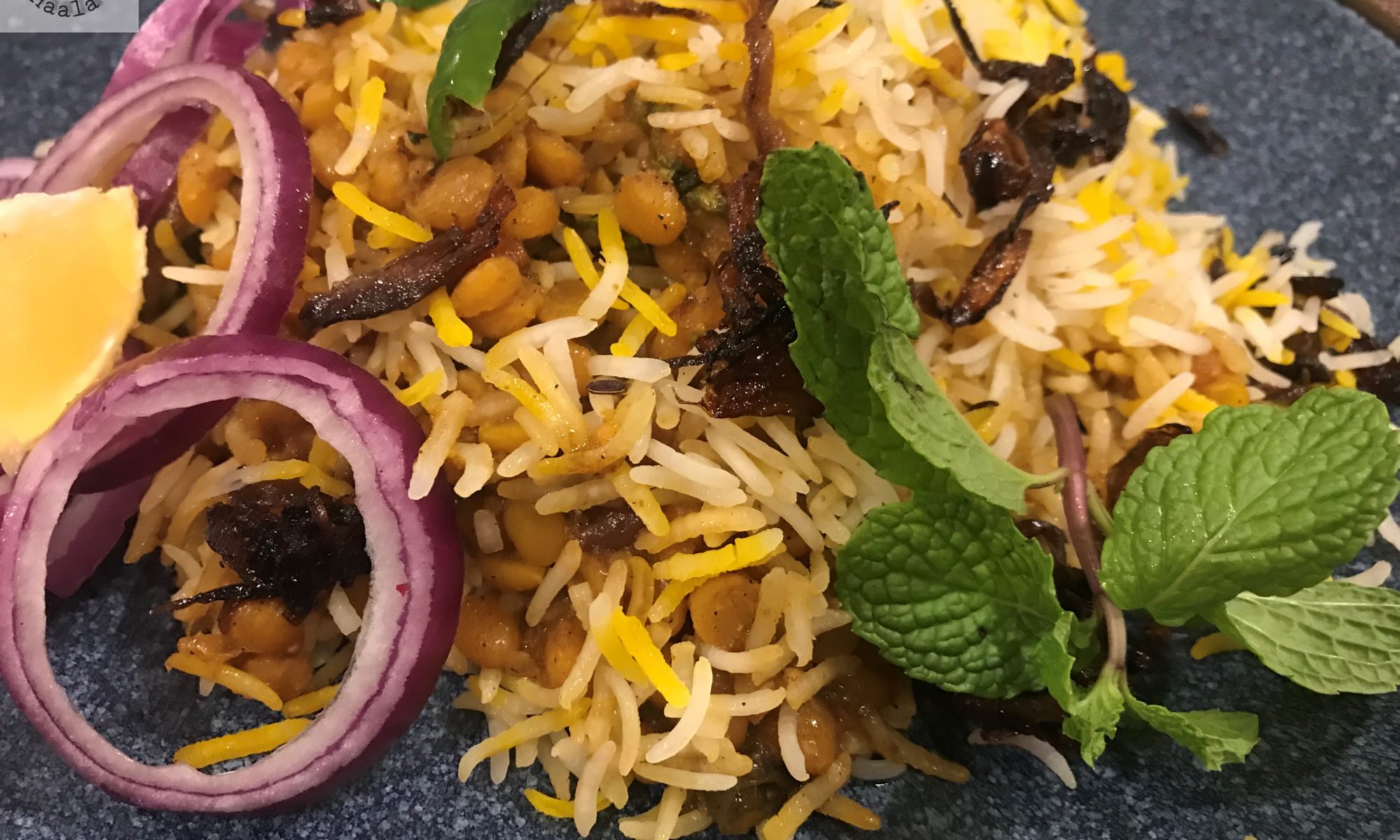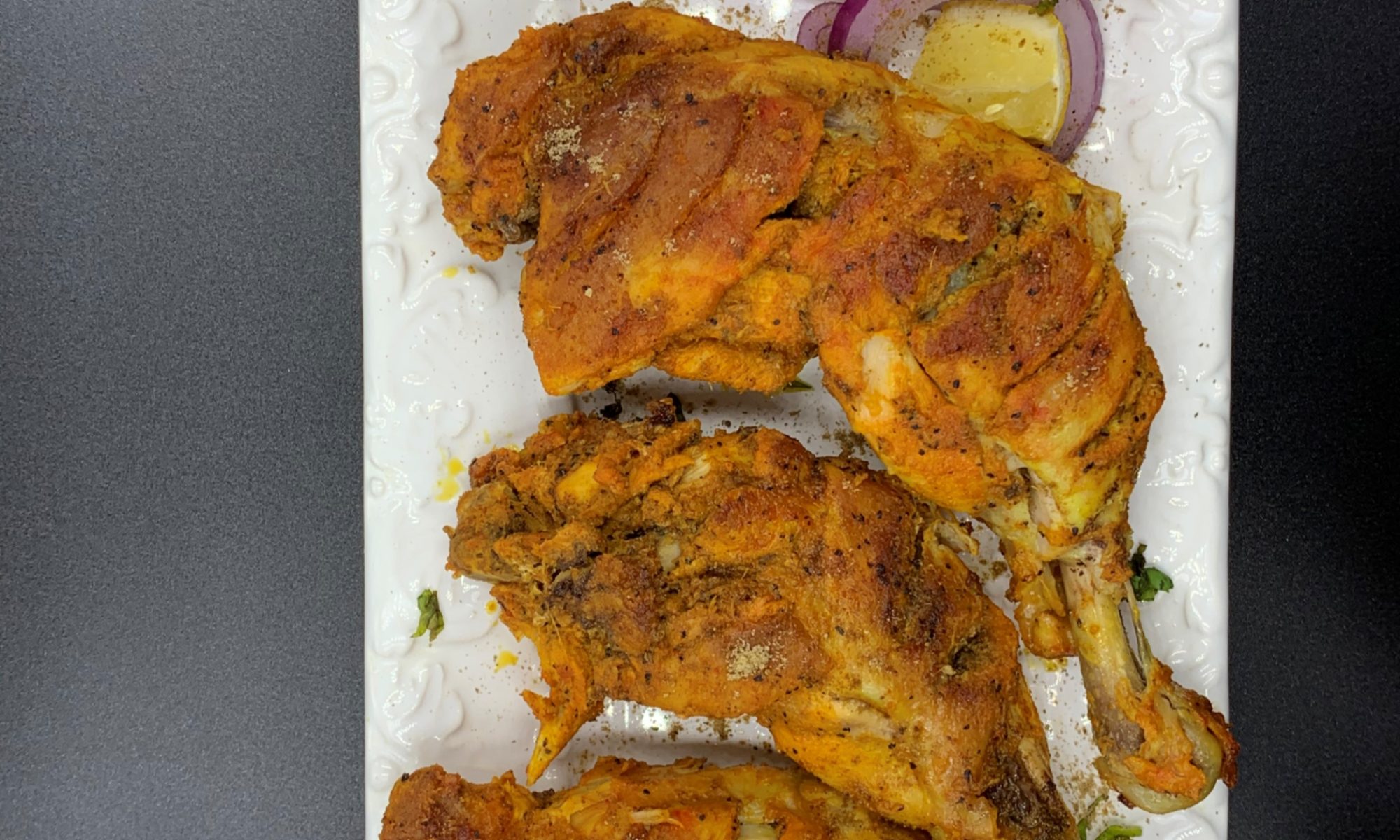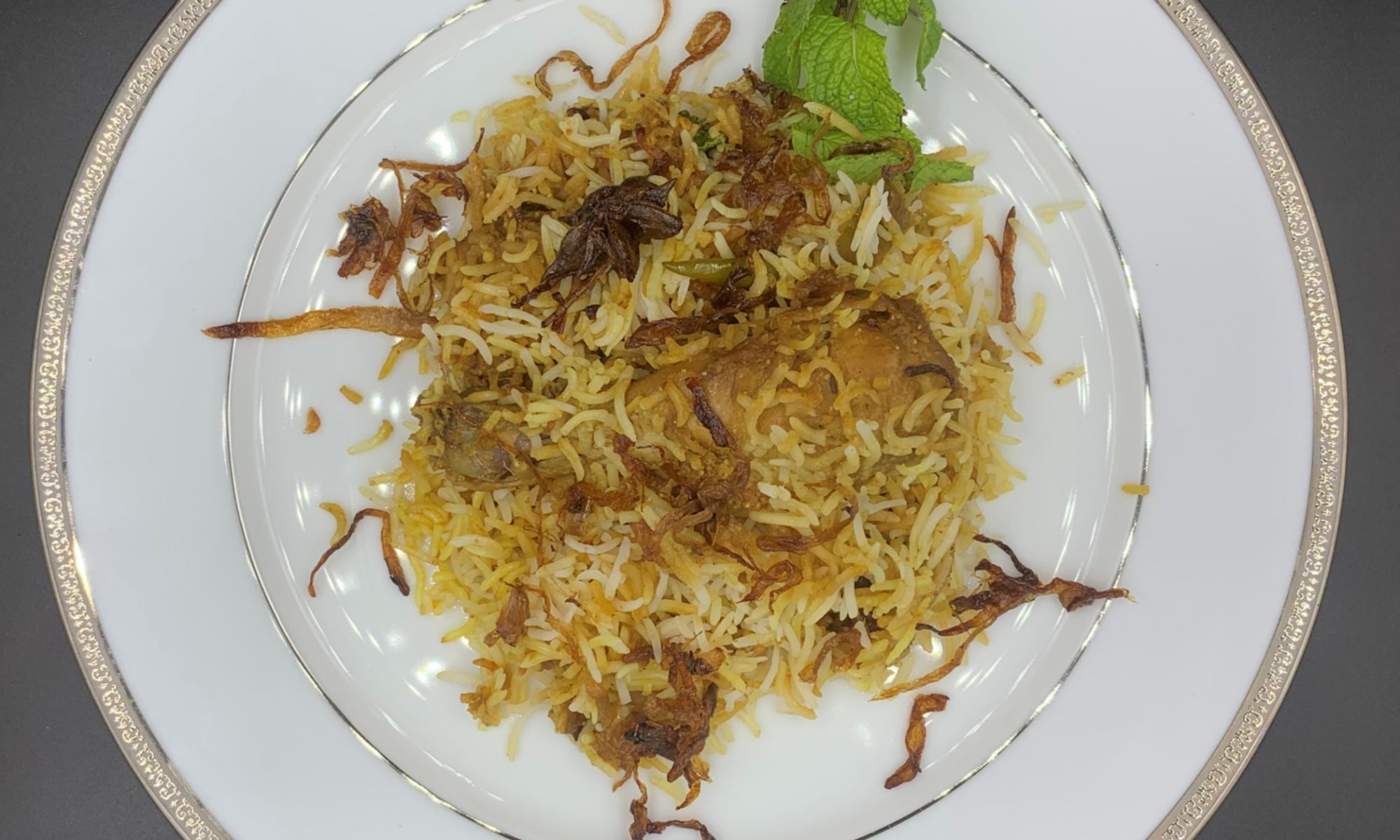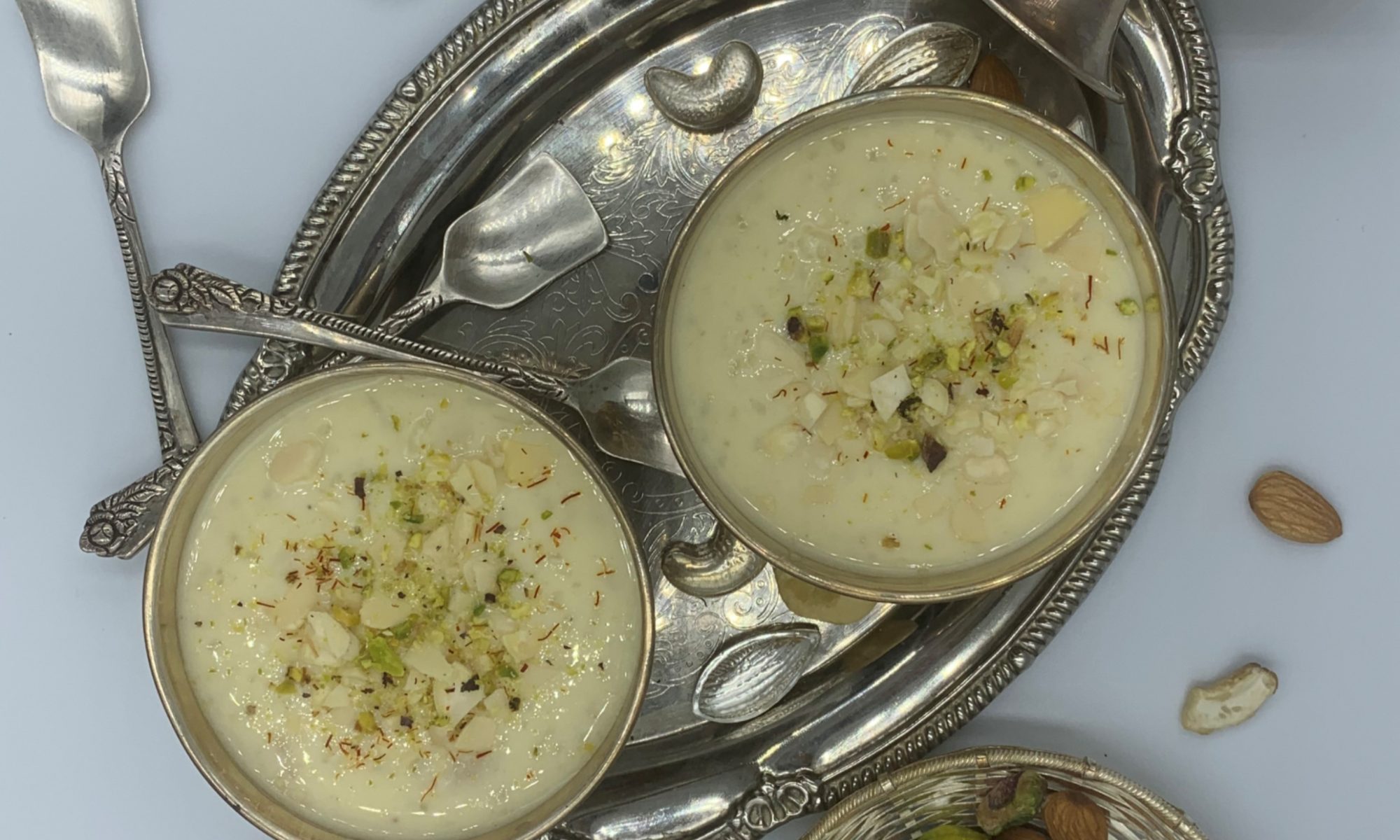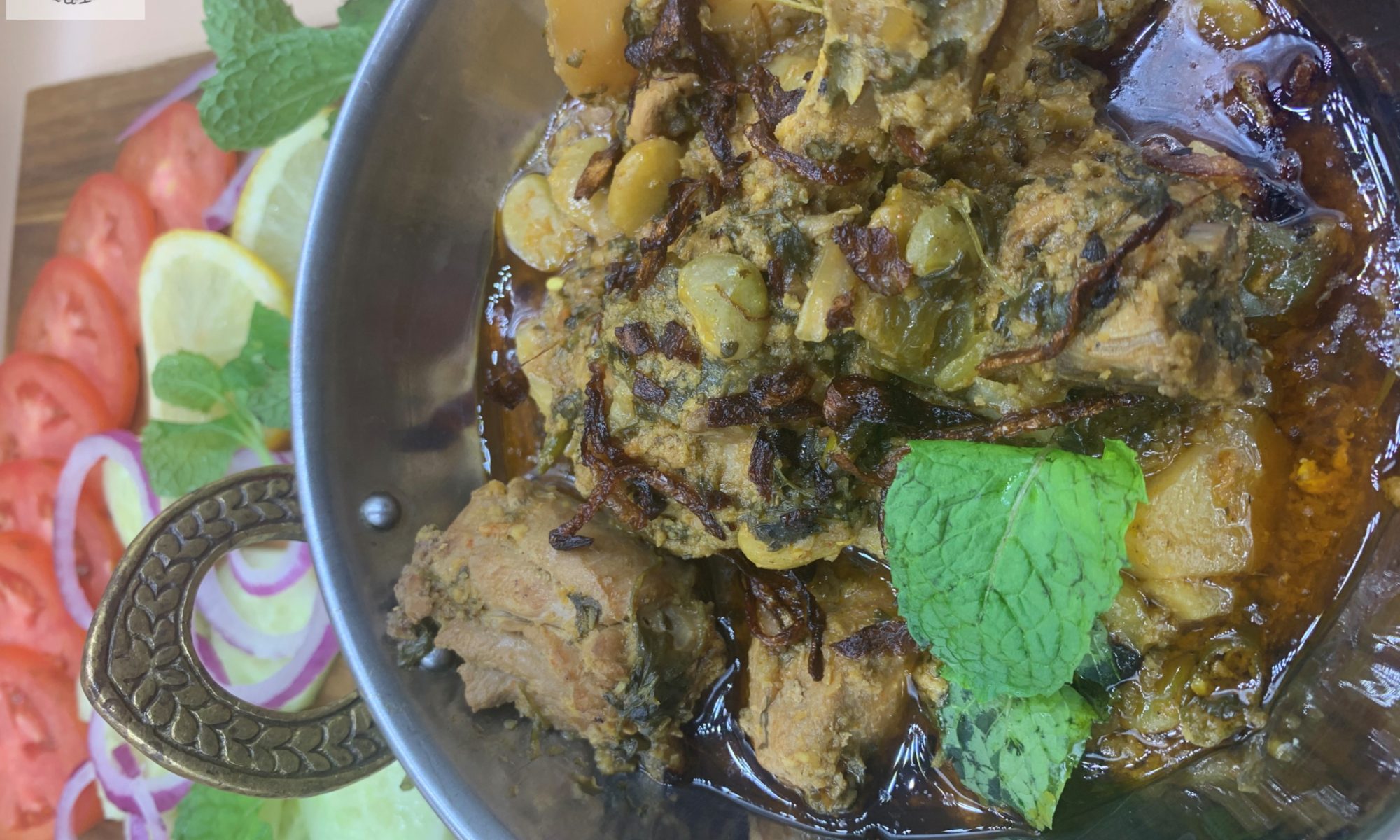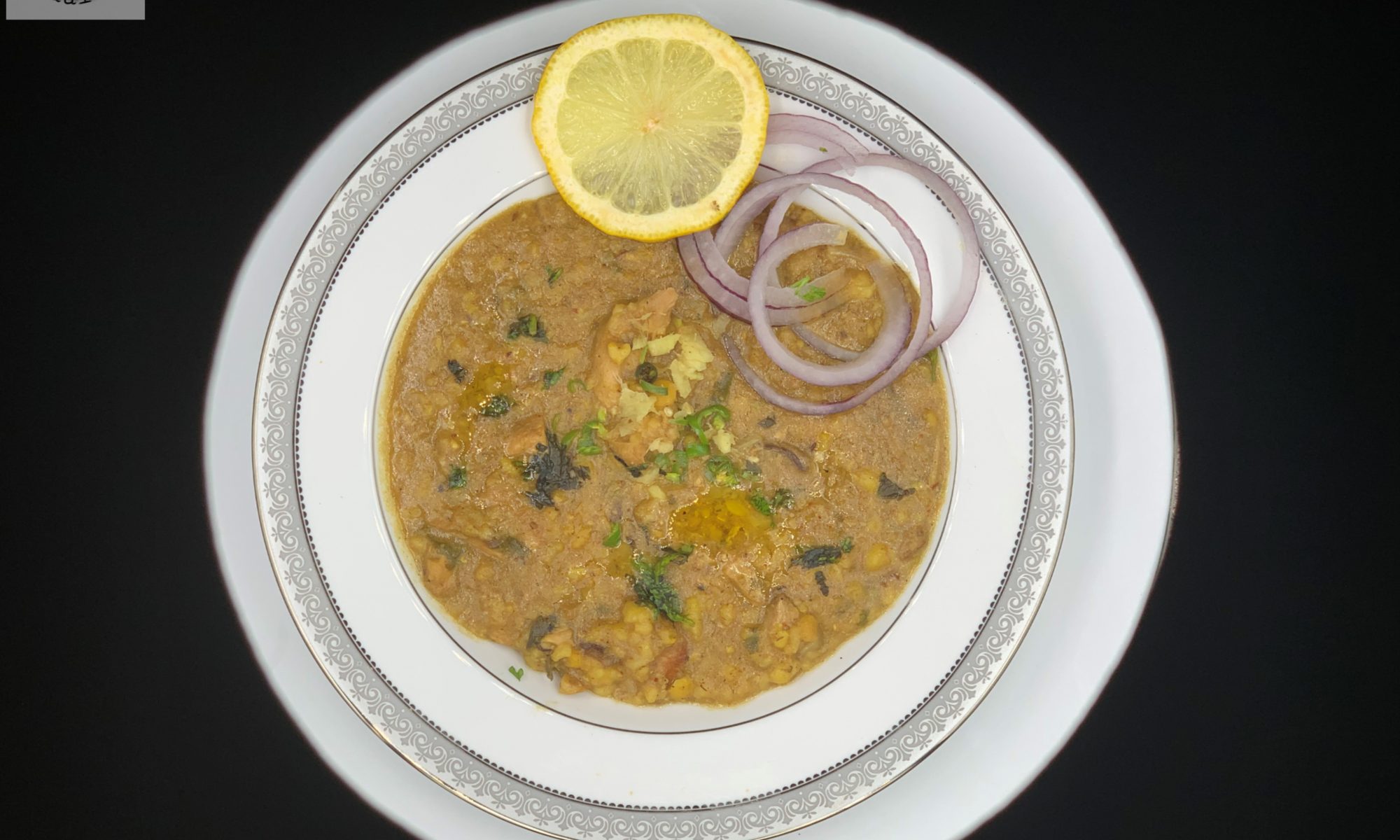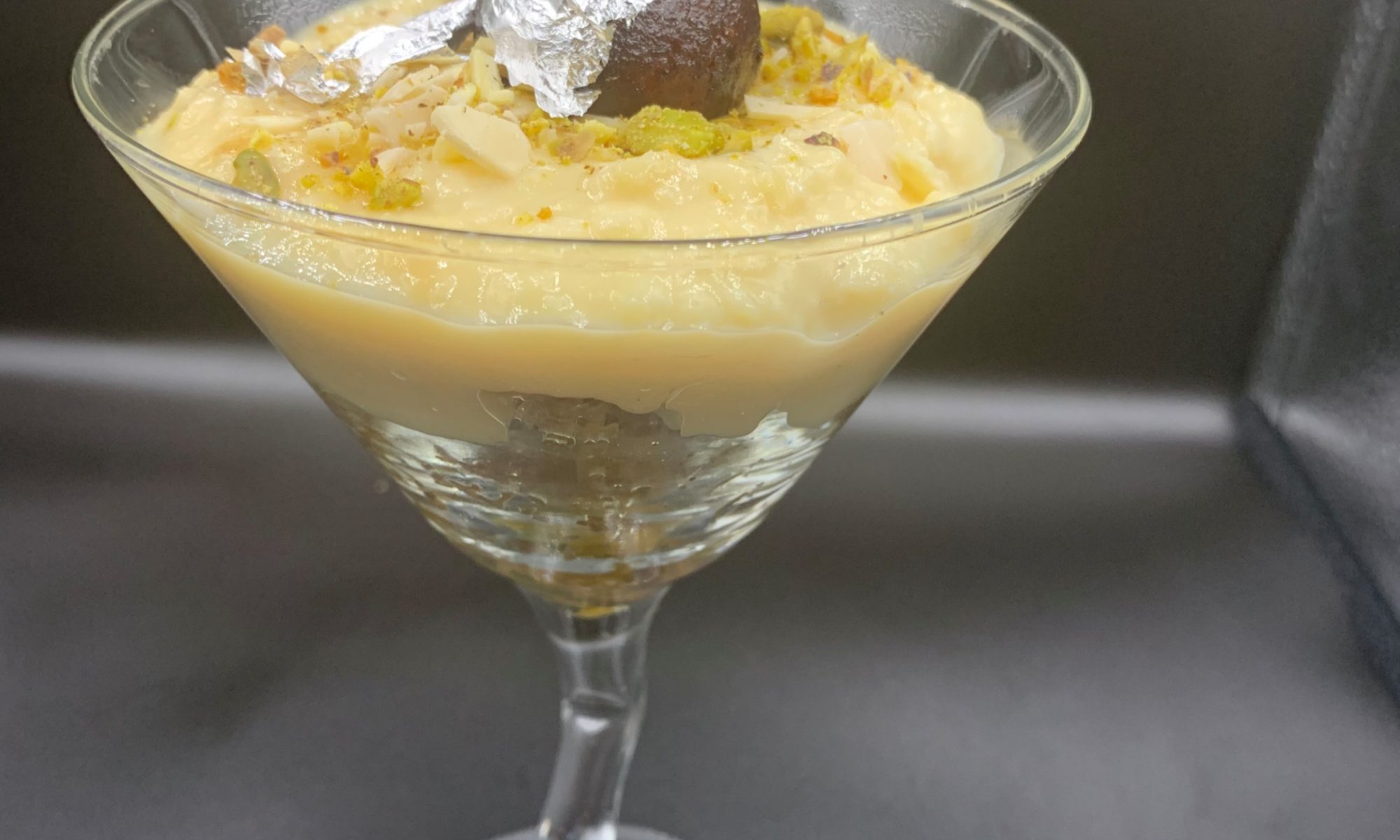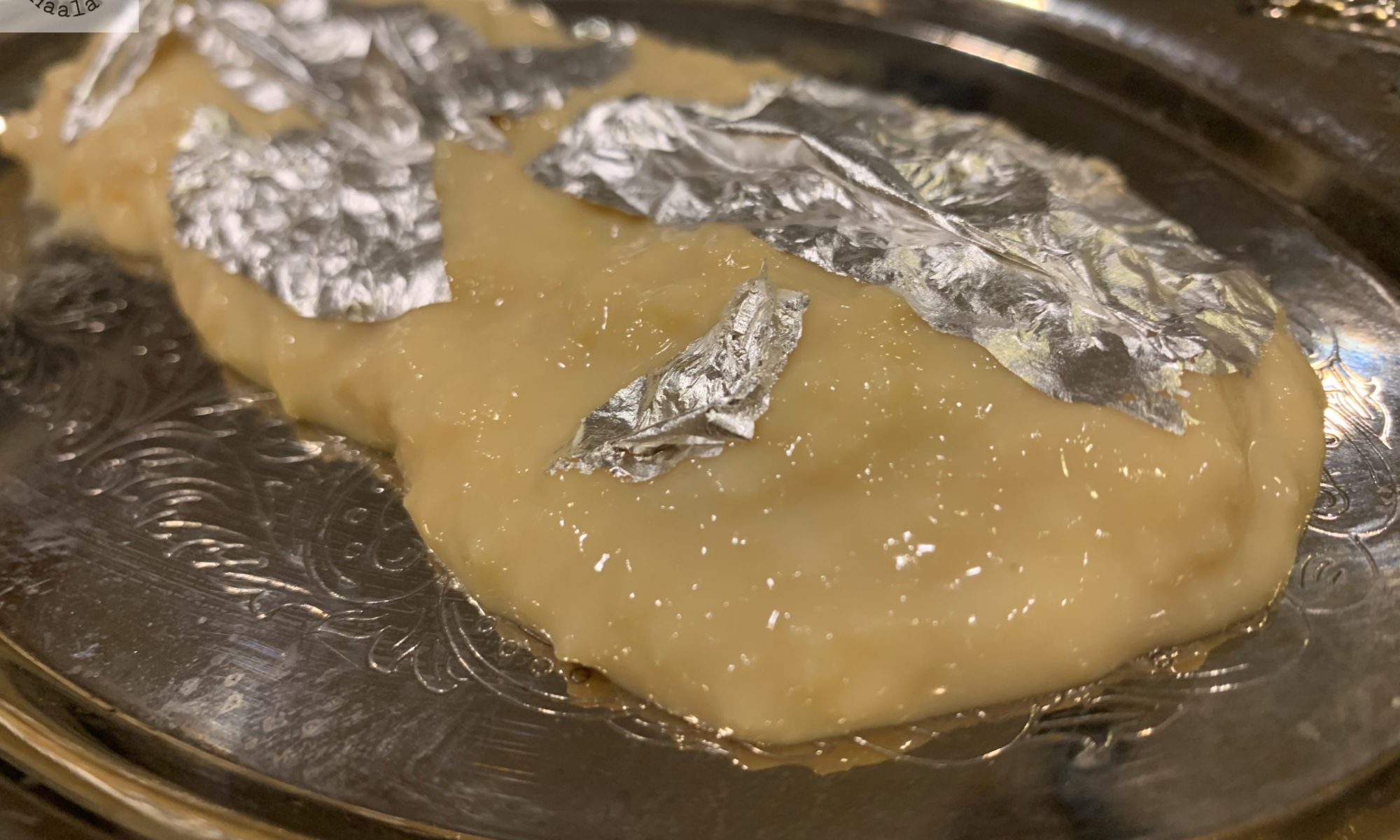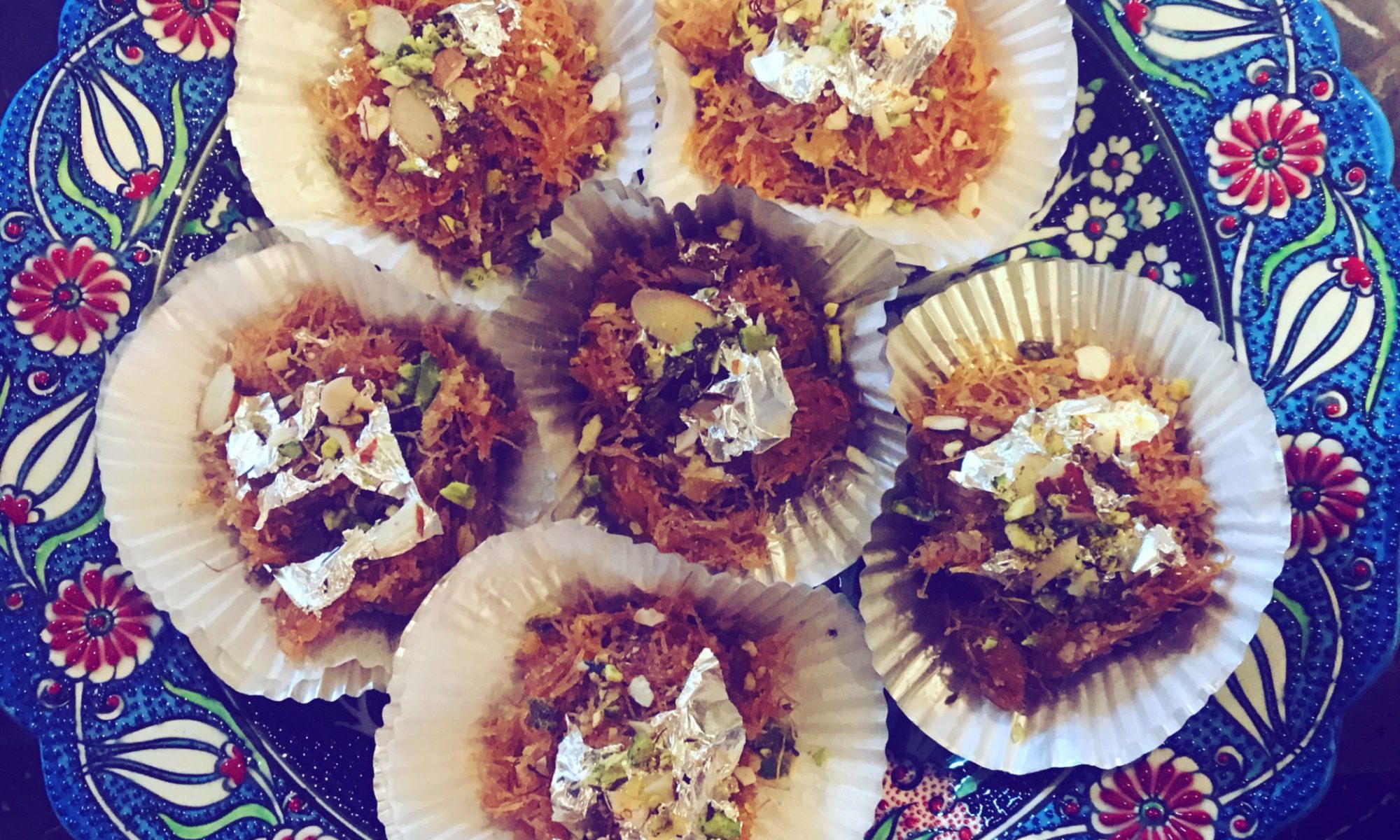Haleem has originated or is inspired by an Arabic dish, “Harees” which is made with meat, ghee, wheat, rice and whole pulses. The Persian name for the meat – wheat dish is “Hareesah”, which unlike Haleem is bland and uses lesser amount of pulses as well. An author once also suggessted that the version of Haleem made in India should have its name revised as “Daleem” since it uses a variety of Daals / Pulses.
Like so many other dishes that proudly make a mark in Indian/Pakistani/ Bangladeshi cuisines, Haleem was also introduced to Hyderabad recipes during the Mughal Era. The research shows that it came to Hyderabad during the Mughal period via Iran and Afghanistan. Adding the local spices and ingredients to it was definitely an upgrade from the original Arabian dish.
It says that it was during the rule of the sixth Nizam, Mahbub Ali Khan when Haleem was being revised to suit the Indian taste buds. The addition of spices made a huge difference to the dish and it did take effort and time to make it what it is today. By the the time, the seventh Nizam Mir Osman Ali Khan made his way to the throne, Haleem had become an integral part of the Hyderabadi cuisine.
With time, it became popular amongst all Muslim rulers and royal chefs made few changes here and there to make it more appetizing. The basic Haleem recipe comprises of a variety of lentils, meat/ chicken , and spices which are pounded together and cooked on a low flame for about 12 hours, which in todays time and age sounds time consuming and insane. Even today, if you wish to taste autjentic Haleem, you will have to take a trip to the Muslim areas of popular cities and visit those restaurants that are popular for their food and do not care much about the ambience. Honestly, I call them food lovers Paradise. As soon as you are close to those places, you can follow the fragrance of delicious food with your eyes shut. If you are like me, and can ignore the tables put close together and with people staring at you while you eat, you should visit these places at least once when you are in these popular cities. Delhi’s Jama Masjid, Mumbai’s Mohammed Ali Road, Hyderabad’s Char Minar and Bangalore’s Frazer town is where you will always find authentic Muslim cuisines which are pocket friendly and wonderfully delicious. These days you will also find places where they offer great seating arrangements for families as well.
However, the local spices give the Hyderabadi version a peculiar taste and flavor. I once saw a TV show based on Hyderabadi cuisine and watching Haleem being cooked was a delight. Haleem is prepared using Daals, mutton/Chicken, Broken wheat, Rice and a blend of spices. Everything is cooked together and then mashed together to bring in the perfect taste. Haleem has to be prepared in Ghee. It definitely is high in calories but its nutritious as well, and that’s what makes it the perfect dish to open your fast with. Even today, traditional Haleem is prepared in Brick – mud ovens or Bhattis on firewood and takes anywhere between 8-12 hours to be prepared. Basic Haleem recipe only used Mutton, but with time, chefs added more variety and Chicken Haleem or Murgh haleem came out as a lighter version of the traditional Haleem. I love both, but Chicken Haleem seems to be liked more in my house and therefore is cooked more often. I am sure you will love the recipe as much as we do. Enjoy!!!
